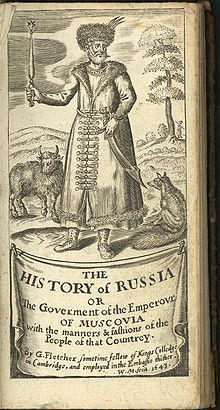
Philip Sidney
Sir Philip Sidney was born on the 30th November 1554 at Penshurst Place, Kent. He was the eldest son of Sir Henry Dudley and Lady Mary Dudley, sister of Elizabeth's favourite, Robert Dudley, Earl of Leicester, and daughter of John Dudley, the Duke of Northumberland. Sidney was educated at Shrewsbury School, where he met Fulke Greville, and Christchurch, Oxford, and in 1572 he was chosen by Elizabeth I to undertake an embassy to France to negotiate a marriage between the Queen and the Duke of Alençon.
After a few years of travelling around Europe, Sidney returned to England in 1575, where he met the inspiration for his famous work "Astrophel and Stella", the fourteen-year-old Lady Penelope Devereux. Although the couple were due to marry, after the death of her father Penelope's guardian, Henry Hastings, 3rd Earl of Huntingdon, married her off to Robert Rich, 3rd Baron Rich.
Sidney famously challenged Edward de Vere, Earl of Oxford, to a duel after an argument, probably over Sidney's opposition to the French marriage plans, which also led to him falling out with Elizabeth and retiring from court. Retirement from court, at the home of his sister, the literary patron Mary Herbert, Countess of Pembroke, gave Sidney the time to focus on his artistic side and it was then that he wrote The Arcadia (a pastoral romance) and A Defense of Poetry (or Poesy). He also spent his time with poets such as Edmund Spenser, Gabriel Harvey, Edward Dyer and Fulke Greville.
In 1581, Sidney returned to court and in 1583 he married the 14 year old Frances Walsingham, daughter of Sir Francis Walsingham. After Sidney's death in 1586, Frances went on to marry Robert Devereux, 2nd Earl of Essex, and a favourite of the Queen.
Philip Sidney was a staunch Protestant. He was in Paris at the time of the St Bartholomew's Day massacre but took refuge in Sir Francis Walsingham's house. His religious views led to him being anti-Spanish and being vocal in his support of the Protestants in the Netherlands. He even argued for an assault on Spain in the 1580s, something which never happened, but when he was Governor of Flushing in 1586, he led a successful raid on Spanish troops in Axel. On the 22nd September 1586, Sidney was shot in the thigh at the Battle of Zupthen. According to legend, as he lay wounded Sidney offered his water bottle to a wounded comrade, saying, "Thy necessity is yet greater than mine". Sir Philip Sidney died twenty-six days later, on 17th October 1586. His body was returned to England and laid to rest on the 16th February 1587 in St Paul’s Cathedral.
Sir Philip Sidney's works include:-
- Arcadia
- The Defense of Poetry (The Defense of Poesy)
- An Apology for Poetry
- Astrophil and Stella
- The Lady of May
You can read the works of Sir Philip Sidney in the three volumes of The Complete Works of Sir Philip Sidney. Here are links to them:
- The Complete Works Of Sir Philip Sidney, Volume I - The Countess of Pembroke's Arcadia
- The Complete Works Of Sir Philip Sidney, Volume II - The Last Part of the Countess of Pembroke's Arcadia, Astrophel & Stella and Other Poems, The Lady of May
- The Complete Works Of Sir Philip Sidney, Volume III - The Defence of Poesie, Political Discourses, Correspondence, Translations
Further reading on Sidney:
- Sir Fulke Greville's Life Of Sir Philip Sidney (1652).
- Sir Philip Sidney, J.A. Symonds (1906).
- Sir Philip Sidney, Percy Addleshaw (1910)
Extract from On This Day in Tudor History by Claire Ridgway.



Leave a Reply